That thing you have in the back of your mind. That one idea that occasionally pops into your head when you're driving or showering or when you're laying in bed trying to fall asleep. Maybe there are several of those ideas, but you know what I'm talking about. And when an idea gets stuck, it can become torturous. It prickles and itches more and more until the yearning is relieved by actually solving the riddle or undertaking the escapade or confronting the challenge. And once you actually do achieve the end goal, wow is that freeing. It truly is one of the more jubilant and enraptured sensations of the human experience. Especially so when the particular bug has caused a persistent itch for years. That thing for me has always seemed to be in the domain of traveling and exploration and novel ventures. I speak of this from a number of first-hand experiences, but most powerfully and most recently from a trip that had caused me many, many sleepless nights since I began seriously considering it back in early 2015. I finally went for my first time to sub-Saharan Africa to hike the tallest free-standing mountain in the world and the tallest in the southern hemisphere. The last week of August 2018, I went to Tanzania to hike Mount Kilimanjaro.
The planning and preparation for such an adventure necessitates a significant amount of time. By law, foreign trekkers are not allowed to hike Kilimanjaro alone. Everyone traveling up the mountain is legally required to use a local licensed tour agency that employs local citizens. And the reservation of a spot with those tour agencies is recommended to be finalized three to six months ahead of the departure date. August is the first month after the East African rainy season and is generally thought of as the best time to do the hike as the temperatures are mild and the likelihood of rain is low, so I thought it wise to finalized the reservation with the agency before making any more plans at all the beginning of this year. That would be the commitment from which there's no turning back, thereby eliminating all the rest of the go/no-go ambiguity. So in April this year, I finally committed that this is the year I would do this wild thing and reserved a spot with one of the lower priced but still well reviewed agencies I could find online. That commitment made the planning for everything else far easier. The most expensive part of the trip was now paid for. There was no longer a question or whether or not; now the only question was what else?
In fact, there was still a great deal else. I didn't have any flights, I didn't have any hotels, I didn't even have all the hiking gear I would need for a seven day trek. I didn't even have proper hiking boots. But I did have time. Now that the actual hiking experience was far less opaque, that made enumerating all the remaining necessities far easier, and it simply became a task of planning rather than decision making.
The next large expense to address was the flights. In addition to traveling over Labor Day, I knew I also wanted to be gone for only two work-weeks. That required me to plan to begin the hike immediately after arrival in Tanzania without any time to rest. The challenge with that was something that any experienced traveler can understand. First, it would take about 34 hours of non-stop travel time to go from Charleston CHS to Kilimanjaro JRO. Additionally, it was an eight hour time difference ahead of US Eastern Time. What that meant was that even though my trek didn't begin until the fourth morning after I left, I only had one afternoon and one night sleep until the morning that I needed to begin the hike. There would be no time to recover from jet lag, no time for a decompression day after arriving. I had to begin immediately. But given the binds of the plans after finishing the hike and a limited paid-time-off allowance, that was just what it had to be.
So that was exactly what I did, and in retrospect, it was exactly the right decision. The trip to Tanzania went precisely as planned, and although I was as exhausted and lethargic as one would expect after a full day and a half spent in transit, I was also energized from the excitement of all that was to come. I finally set down my bags in a hostel in Moshi around mid-afternoon on Tuesday, August 28th, enjoyed my first proper Tanzanian meal of beef curry, and laid down early that evening to rest as much as possible before my trek finally began the following morning.
So after one jet-lagged night of half-sleep, it was this very next morning that I needed to meet my guide at a nearby hotel to begin the standard gear audit before beginning the trek later that day. I arrived at the meeting location, the Kilimanjaro Wonders Hotel, expecting there to be a variety of other trekkers like me waiting to meet everyone else and begin the adventure. There was no one else other than a couple hotel staffers. I sat alone for about a half hour in the nicest hotel in Moshi beginning to get worried that there was something terribly wrong. Finally a middle-aged Tanzanian man dressed in hiking gear approached me, introduced himself in perfect English, and I breathed a sigh of relief. This was James, the man that I would soon follow all the way to the roof of Africa.


Our group's cook was the smallest man of all of us by far, to the point that I wondered if he was fully grown. He also didn't speak but maybe three words of English, but the little man could cook amazingly well! In my wildest dreams I never thought I'd eat so well while hiking Kilimanjaro. Remember that everything I, and the rest of the trekking crew, had available to eat over the seven-day hike had to be packed in duffel bags and carried on a back or a head all the way up and down the mountain for days. For that reason, I had expected to eat only the most basic carb-heavy foods to serve simply as fuel for all the physical exertion. In reality, the prevalence of carbs was the only thing that I was correct about. Every meal for the entire trip, other than a couple prepackaged lunches at the beginning and end, was exceptional not only in quantity, but also in quality. Every breakfast and dinner involved multiple courses of well cooked, well seasoned food, all prepared within a traditional camping tent. It was clearly calculated and planned to feed the tourist very well over the course of the hike, but at the time it seemed miraculous and lifesaving to be provided with such rejuvenating sustenance as I passed through terrain unlike any I had ever trod over in the past.
And that change in environments and ecosystems was honestly one of the most unique and truly remarkable aspects of the round trip hike . The lowest elevation at the beginning and end of the trip was lush, radiant forests with birds chittering and monkeys meandering from limb to limb. It was not, however, comparable to the dense, intensely humid rain forests of southeast Asia and northern South America. It was more akin to the greenery experienced in the Pacific northwestern coast of the USA. As the escalation continued, the vegetation quickly began to change from verdant forest to low standing but dense brush and bramble. This didn't last too long though. After less than one more day of vertical ascent, the hip-high bush and grassy verdure had all but vanished. The scenery that remained was not incredibly dissimilar from what you'd see walking up a hill on Mars. Parts were rocky and jagged, other parts were sandy and bare. But the only splashes of color other than the bright blue sky was the occasional backpacks and duffel bags of other tour groups that we'd pass by on our slow, steady climb.
While the environment began to look otherworldly, the temperature stayed relatively mild as long as the sun was out. My single pair of hiking pants and a single layer of fleece jacket provided plenty of warmth through the first several days. It did, however, get frigidly cold at night, but by then I had already fit myself snugly within a thick sleeping bag for the night with no plans of leaving before sunrise. That is, I should say, until the day of the summit.

It was around then that I first noticed that we had finally begun to be surrounded by snow and ice. We were now at an elevation that rarely reaches a temperature above freezing. With the new daylight provided by dawn, I could finally peer up and see the final trail that would lead through the jagged snow shelf all the way to the summit. We were still hours away, but I could finally sense it, feel it, know it. Today, I would reach the peak. Finally. But I needed to stay focused. The next four hours would be the most strenuous activity my body had ever experienced.
Every step, every vertical meter was a challenge. I needed to stay focused and commit one hundred percent of my energy on one foot's placement for the very next step. And then repeat. And then repeat again. And not think about how much farther the summit was. And not stop to wonder if I had lost another toenail. And not stop to take one last picture. And not think about how hard it was to breathe and how terribly, terribly hungry I was. All that mattered in the universe was my next step. And that focus, that dedication needed to persist for another four hours. Words were few; rest stops were many. But onward we continued. Onward I went, step by step, breath by breath. Until finally, after many hours and days and years, I stood at Uhuru Peak, the summit of Mount Kilimanjaro and the roof of Africa.
Denoting the exact precipice was another wooden congratulatory signpost. There had been many of these in all the various camp sites on the way to this pinnacle, but this one was different. There was nothing else. No next destination, no higher point. I stared in awe at the five pieces of wood that symbolized so much. At that moment, James and I stood at a higher elevation than any other human beings in the southern half of the world. The enormity of it was hard to comprehend. A fit of hysterical laughter overtook me and all I could do was sit and smile and continue laughing. I could not make words. I was now at the highest elevation I had ever been in my life by far.
"Uhuru" is Swahili and translates in English to "freedom". I only learned that on my way back down from the summit after my brain began to revitalize with the additional oxygen that it had been lacking for the previous thirteen hours, and I remember thinking that I could not imagine a descriptor more apt for what I had just accomplished. This was the most challenging physical activity of endurance I've ever completed. It was still just less than 5 years since my traumatic brain injury. It was an accomplishment that liberated me from all the lingering uncertainties of my capabilities. This was a reaffirmation of aptitudes. This was the regeneration of confidence. And this was the unearthing of both physical and psychological freedoms at the roof of Africa.





Leave a comment